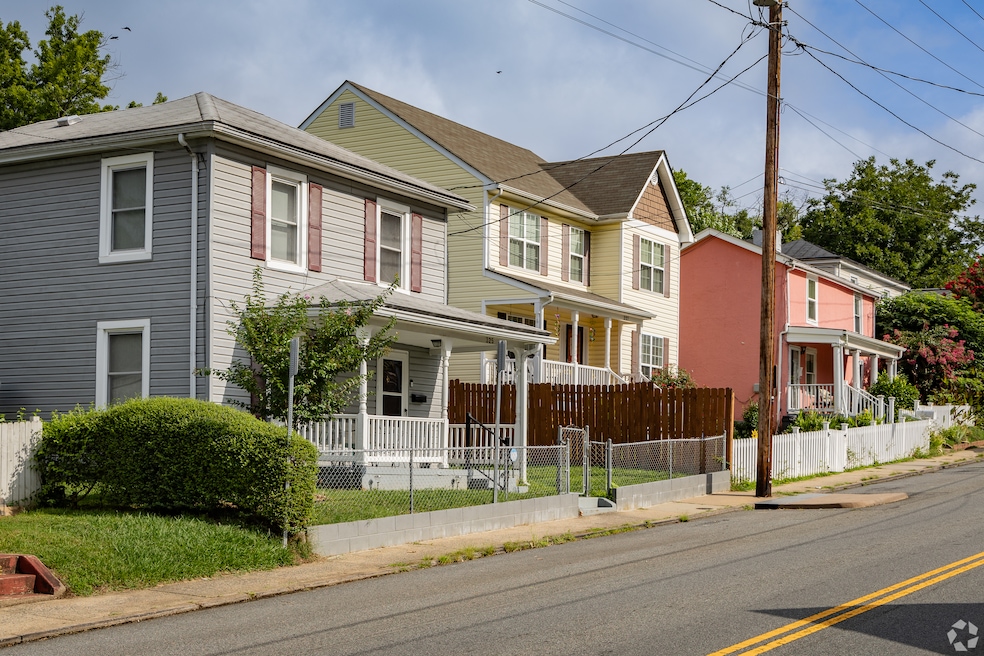A Virginia city that went further than most U.S. cities and towns in opening up neighborhoods of single-family homes to other types of housing reached a deal with a group of residents to end a lawsuit that had briefly halted the reform.
As part of the agreement, the Charlottesville City Council set aside up to $650,000 last week to study the impact of growth on infrastructure, in particular on its streets. The residents sued the city in 2023, alleging that the city approved dramatic changes to its development rules without considering the potential negative effects on the areas where they live.
The lawsuit briefly led a judge to declare the revised rules void last summer due to a technicality. After that happened, the city proposed the study as a way to end the lawsuit, city attorney John Maddux told city councilors at their Oct. 20 meeting. The residents initially refused, he said, but changed their minds after the judge reversed his decision.
“This is going to bring us a lot of stability and reassurance to our development community,” Maddux said of the end to the lawsuit.
The residents told Homes.com in a statement that they hoped the study would take a “hard look” at how new housing may impact aspects such as roads and stormwater runoff.
“We have long believed that the most glaring deficiency in the process of passing the new [development rules] was a failure to plan for the impact … on traffic congestion,” the residents said.
The city's revised rules allowed up to three homes on a residential lot, or up to six if some are priced affordably. Many cities have implemented this type of change only in select neighborhoods. Charlottesville did so for nearly all residential areas, according to an analysis earlier this year by Local Housing Solutions, a policy platform organized in part by the New York University Furman Center. The city also eliminated parking requirements that had made it more challenging to build new housing.
The only residential areas of Charlottesville with stronger restrictions on the number of new homes allowed per lot are certain neighborhoods near downtown, where city leaders were concerned that new development would push out residents of color and those with low incomes. To ward off this prospect, the city allowed only one home per lot in these areas, unless developers committed to pricing some new houses affordably rather than at market rates.
Maddux told the city council he expects the study to be completed within the next few months.
“Although it’s too soon to determine their impact … practitioners and advocates remain optimistic about the reforms and their implications for Charlottesville’s future,” according to the Local Housing Solutions analysis.

